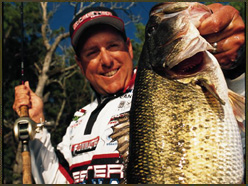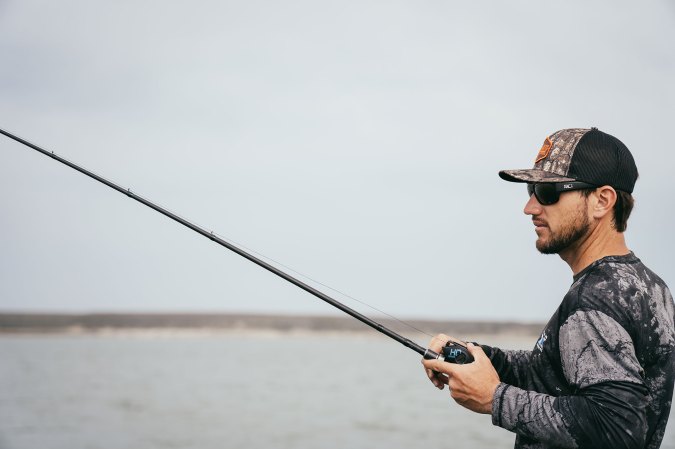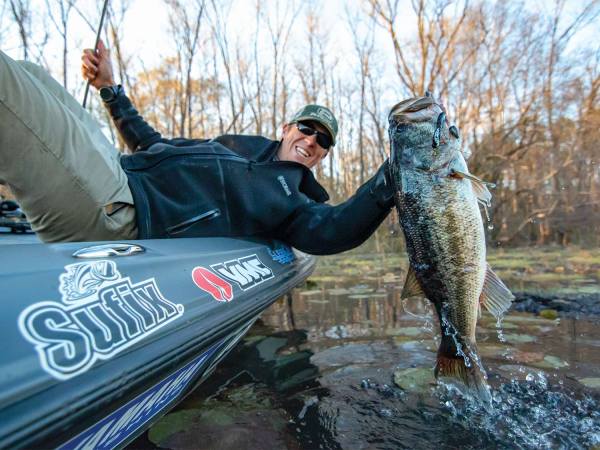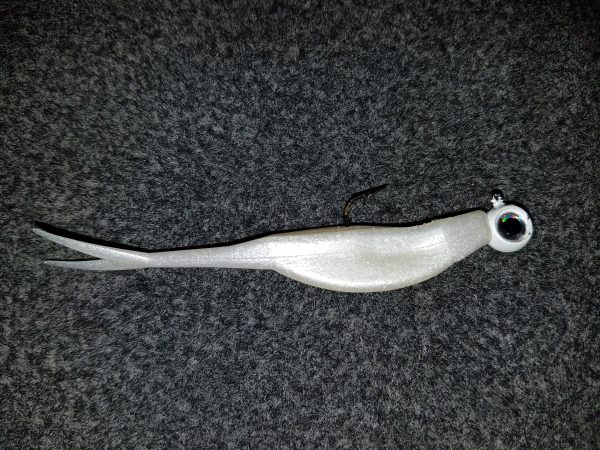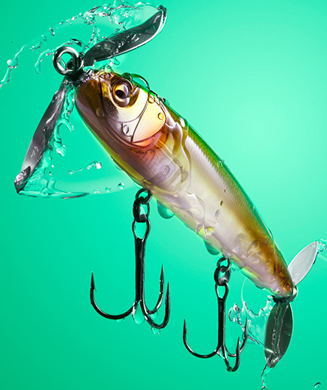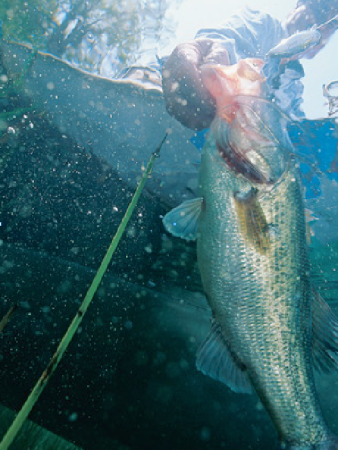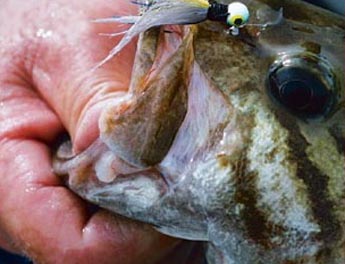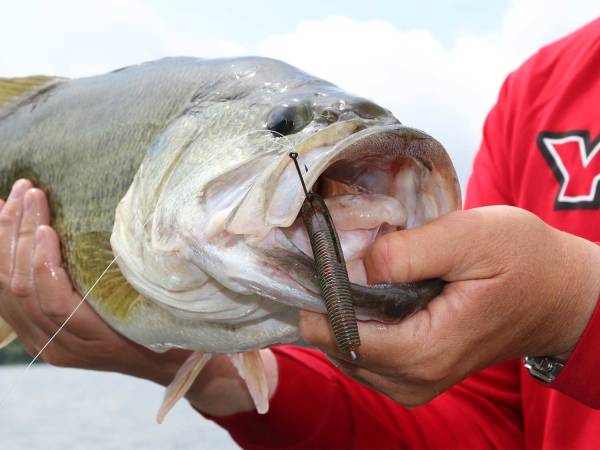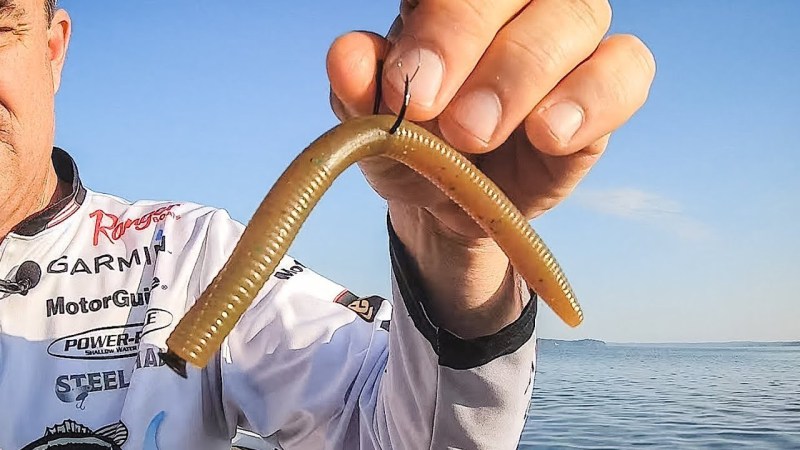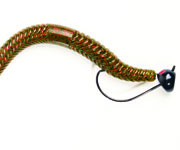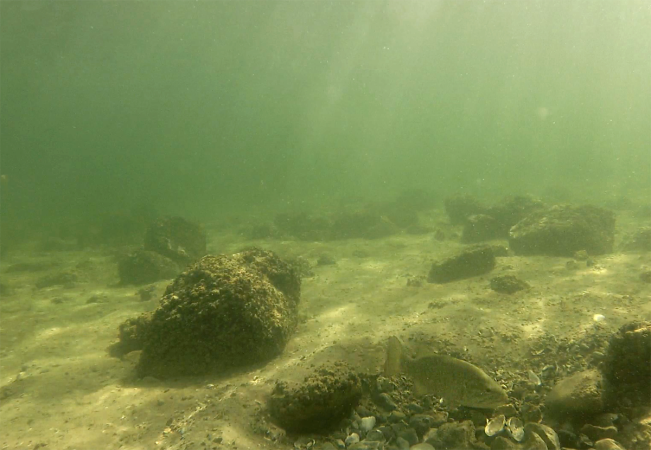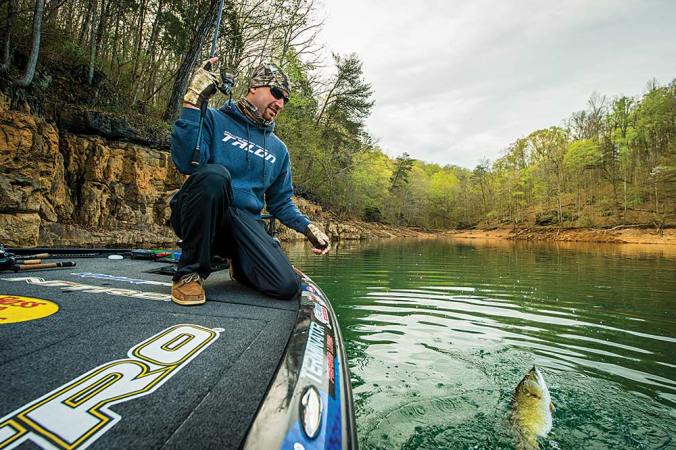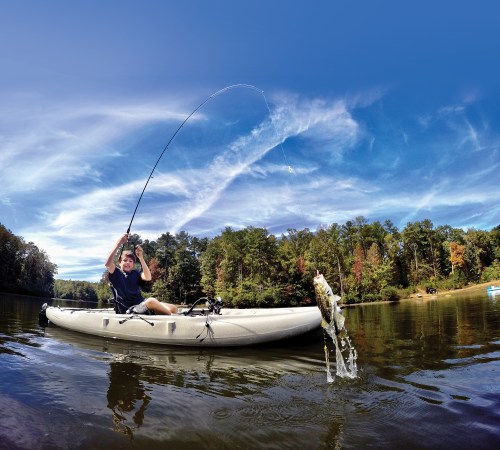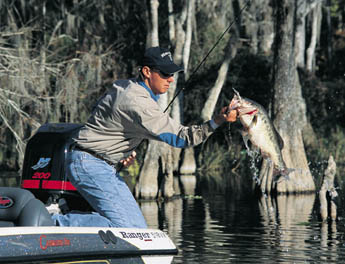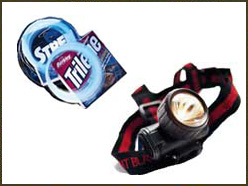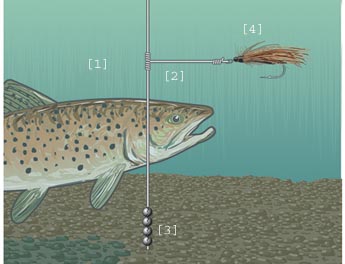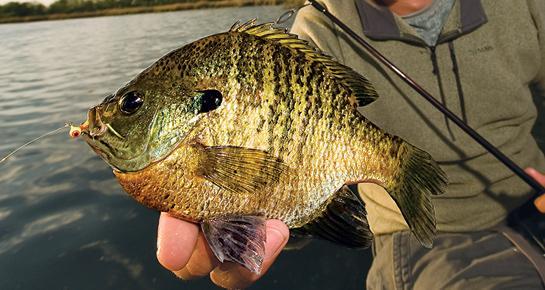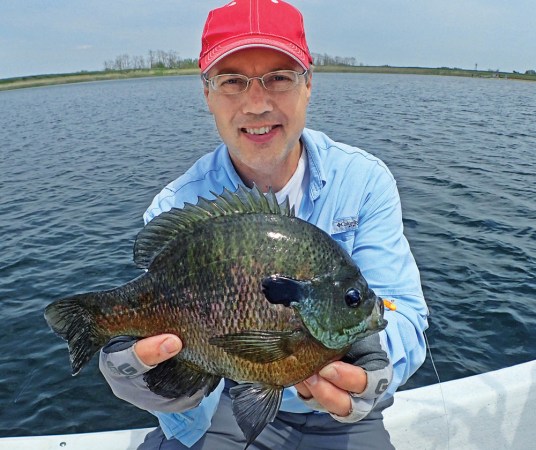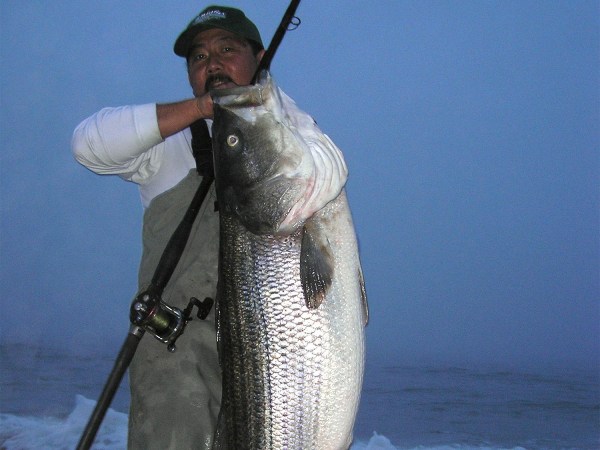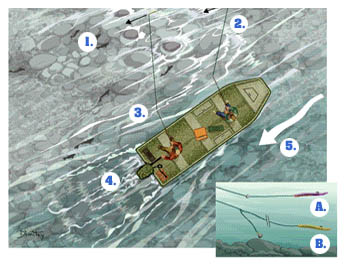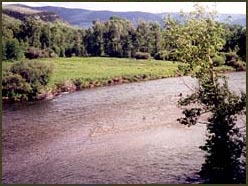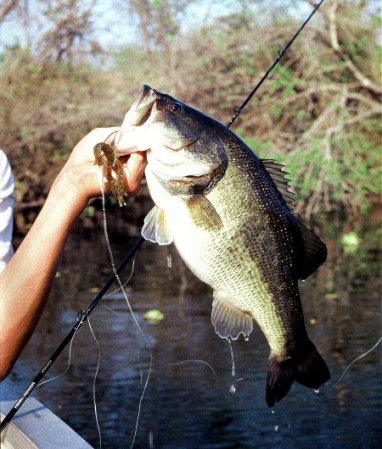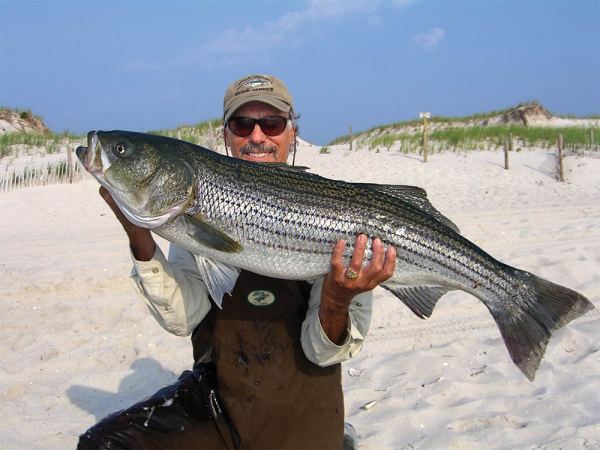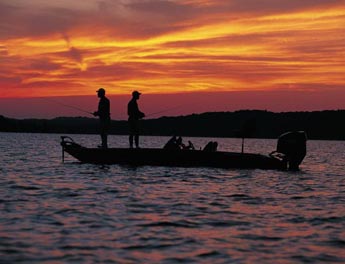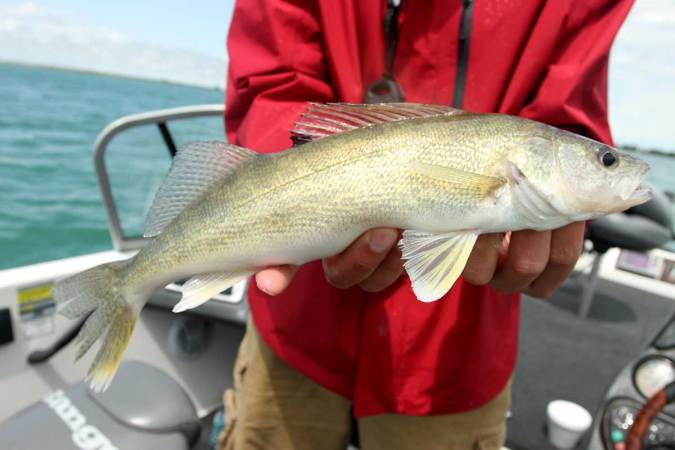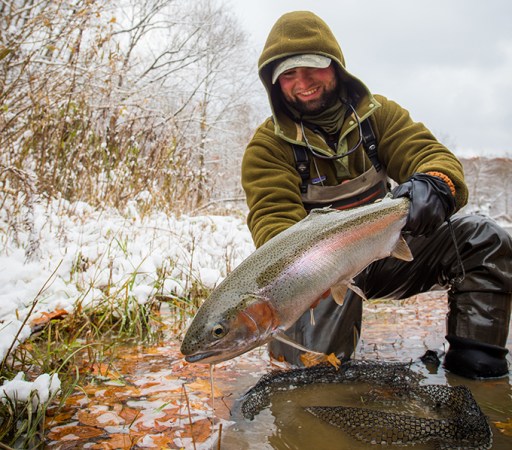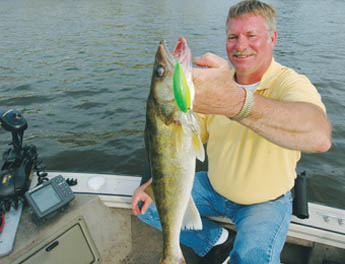We may earn revenue from the products available on this page and participate in affiliate programs. Learn More ›
During the past few years, the success of bass pros employing drop-shotting techniques in tournaments has generated renewed interest in the subtle art of finesse fishing. While big baits may catch the biggest bass, that approach isn’t nearly as productive as using small baits to catch quantities of fish of intermediate size. As some pros have proved lately in stunning fashion, finessing bass is a good approach any time of year and wherever bass swim.
It also reminds us all that finesse is perhaps the best bacon-saver when conditions turn sour, especially later in the year when bass want their food in small bites. As the season shifts to fall and beyond, finesse is often the fail-safe mechanism against abject failure.
While drop-shotting has grabbed center stage as the epitome of finesse-fishing presentations, it is only part of the mixed bag. Drop-shotting will shine on occasion and amaze you with its remarkable ability to produce fish when nothing else will, but it won’t cover all the finesse-fishing bases.
As with any tactic or lure, drop-shotting is limited by its own design. Even though bass anglers are dragging drop-shot rigs around in more horizontal presentations these days, drop-shotting is not the one-method-fits-all answer to bass fishing. Depending on prevailing conditions, bass want baits delivered in different ways: vertically, horizontally, quickly, slowly and so on. Any angler who can’t cover the finesse spectrum is going to experience long, fishless days.
One of the few professional fishermen versatile in the finesse arts is Dean Rojas, the same guy who shattered the one-day, five-fish limit (45 pounds, 2 ounces) and four-day tournament record (108 pounds, 12 ounces) early in the 2001 BASSMASTER Tournament Trail. Although he now lives in Texas, Rojas learned his craft on heavily pressured San Diego reservoirs, places where finesse is virtually mandatory for success.
“I’ve learned there is a big difference between a finesse fisherman and someone who fishes finesse once in a while. Right now in the pro ranks, just about everyone has embraced drop-shotting, and why not? It’s easy and often effective,” observes Rojas. “The problems arise when bass won’t hit a drop-shot rig. At that point, these guys run out of options-at least finesse options.”
In bass fishing, it is a proven fact that an angler expands a lake’s potential by expanding the techniques employed. Then, too, while there is no documented proof of bass becoming lure- or technique-shy, that’s exactly what happens. Or at least there is some factor at work that makes fish progressively less susceptible to even the most productive new lures and methods-even drop-shotting.
So in order to be truly versatile in finesse, a fisherman needs to learn three basic techniques: drop-shotting, shaking/ doodling and split-shotting/Carolina-rigging. Although their applications may overlap somewhat, each approach is very efficient at specific tasks.
Drop-Shotting
Originally designed to present a lure off the bottom for suspended fish, the standard format for drop-shotting involves a No. 2 to 1/0 hook attached to a main line (6- to 8-pound-test) anywhere from 6 to 12 inches above a small sinker. The distance from the sinker to the hook is generally referred to as the “leader.”
In a vertical or near-vertical presentation, a Texas-rigged or nose-hooked plastic bait will dance or dart in the water column with little input from the fisherman. In fact, deadsticking drop-shot rigs has become a popular presentation.
As a coverage method to locate bass in a general area, however, drop-shotting is not the most efficient technique. Although a drop-shot rig can be retrieved in a move-and-stop method, it is better suited to situations where the position of bass can be determined with some degree of certainty: around bridge pilings, over a submerged rocpile or along a grass edge. The power of drop-shotting is in its ability to coax strikes from mid-depth fish. It’s a largely vertical presentation that works under tough conditions. “One exception to the rule is in steeper, sloping shorelines where ‘walking’ a drop-shot uphill or downhill can cover more ground, more effectively, than almost any other method,” notes Rojas. “The same holds true for bottom conditions where grass or cover may swallow up other rigs.”
The drop-shot rig has also proven effective in solving specific angling problems, such as fishing the shallows for cruising bass in the spring or targeting bare spots in grass beds.
Split-Shotting/Carolina-Rigging
Whether an angler chooses to throw a split-shot rig or a downsized Carolina rig, the rationale is the same: These presentations, which employ a slow, steady retrieve, can cover more water than any other plastic-worm presentation, and they can cover it faster, too. Often these presentations help an angler find places on a broad flat (a hump or hole), submerged point (a weed bed or stumps at the drop-off) or shoreline (isolated cover), where other finesse presentations or even different lures will produce better and faster. The name says it all: Split-shotting involves pinching a round split shot (whose weight largely depends on the depth fished and the need for continuous bottom contact) on the line 10 inches or more ahead of a small hook baited with a two- to five-inch soft-plastic lure, be it crayfish, minnow or worm imitator. Similarly, a Carolina rig composed of a small barrel sinker, barrel swivel, leader, hook and lure can be used.
“Sometimes split-shotting or Carolina-rigging is the only way to grind out fish on tough days. With the emphasis on maintaining bottom contact, the silt-stirring action of the sinker, combined with a lure trailing behind, delivers a more aggressive presentation than drop-shotting. It also forces the fish to strike, follow or get out of the way,” counsels Rojas.
As search methods, split-shot or Carolina rigs not only transmit tactile information about bottom contours, but they are the best gauges of aggression levels. If bass hit these rigs with vigor, you may not need anything else. If the time span between strikes seems short, you might forego finesse altogether and opt instead for a hard bait and faster retrieve.
Shaking/Doodling
The goal of every finesse fisherman is to narrow his focus to the most productive area where bass are concentrated. Once the location of bass is confirmed, the finesse weapons of choice are darter heads or doodle rigs. Darter heads are bullet-shaped jigheads to which a soft-plastic of comparable size is attached. A doodle rig is nothing more than a Texas rig that employs a small hook, a bullet-shaped brass sinker and, between the hook and the sinker, a glass bead.
While either rig can be shaken on the bottom and moved across structure, their primary strength is in a relentless, aggravating presentation that virtually force-feeds a lure to bass. Whether it’s the persistent clacking of a glass bead in the doodle rig or a repetitive thumping of the darter head against rock, the object is to convert a negative or neutral mood into a positive, reactive one.
The critical element when using darter or doodle rigs always boils down to distance-that is, how close to the fish can the lure be placed? Since this targeted approach is most often reserved for tough conditions, making a bass move any farther than necessary doesn’t help. In most cases, success depends on getting the jigged bait in the face of a bass and keeping it there until it is aggravated into striking.
“A skilled darter or doodle-rig fisherman-someone who can focus in on the key spots where bass hold-will absolutely bury you with thirty- or forty-fish days when you are begging for a strike,” observes Rojas. Regarding lures, some who came late to the finesse party think that when they hang something different on a finesse rig, they’ve invented a new technique. In reality, all they’ve discovered is that the subtle presentation of these methods brings more to the party than the bait employed.
The reason that finesse lures are generally four- to six-inch worms or smaller grubs or tubes in natural color patterns should be apparent: When finesse is necessary, the bite is tougher, the water is more clear and the tackle used requires a snack of a lure that doesn’t overpower the presentation.
Finesse fishing is a concept, not a specific technique. It’s a strategy that requires a fisherman to see the big picture. Drop-shotting is an excellent method and perhaps the gold standard of finesse, but it’s not the only answer. Sooner or later, a one-dimensional finesse angler will discover that drop-shotting is like owning the world’s best screwdriver and then having to pound a nail with it. Other tools in the finesse toolbox sometimes are required.
ng lures, some who came late to the finesse party think that when they hang something different on a finesse rig, they’ve invented a new technique. In reality, all they’ve discovered is that the subtle presentation of these methods brings more to the party than the bait employed.
The reason that finesse lures are generally four- to six-inch worms or smaller grubs or tubes in natural color patterns should be apparent: When finesse is necessary, the bite is tougher, the water is more clear and the tackle used requires a snack of a lure that doesn’t overpower the presentation.
Finesse fishing is a concept, not a specific technique. It’s a strategy that requires a fisherman to see the big picture. Drop-shotting is an excellent method and perhaps the gold standard of finesse, but it’s not the only answer. Sooner or later, a one-dimensional finesse angler will discover that drop-shotting is like owning the world’s best screwdriver and then having to pound a nail with it. Other tools in the finesse toolbox sometimes are required.
